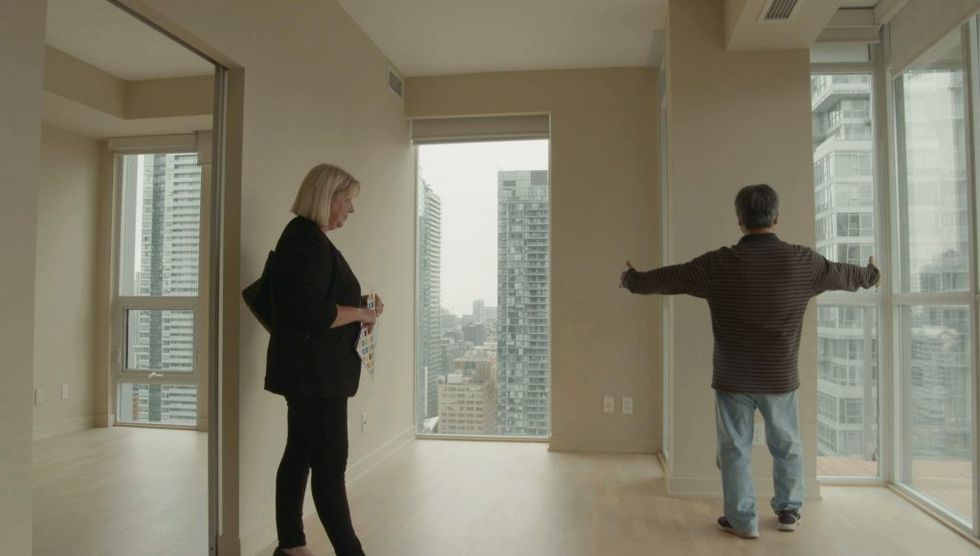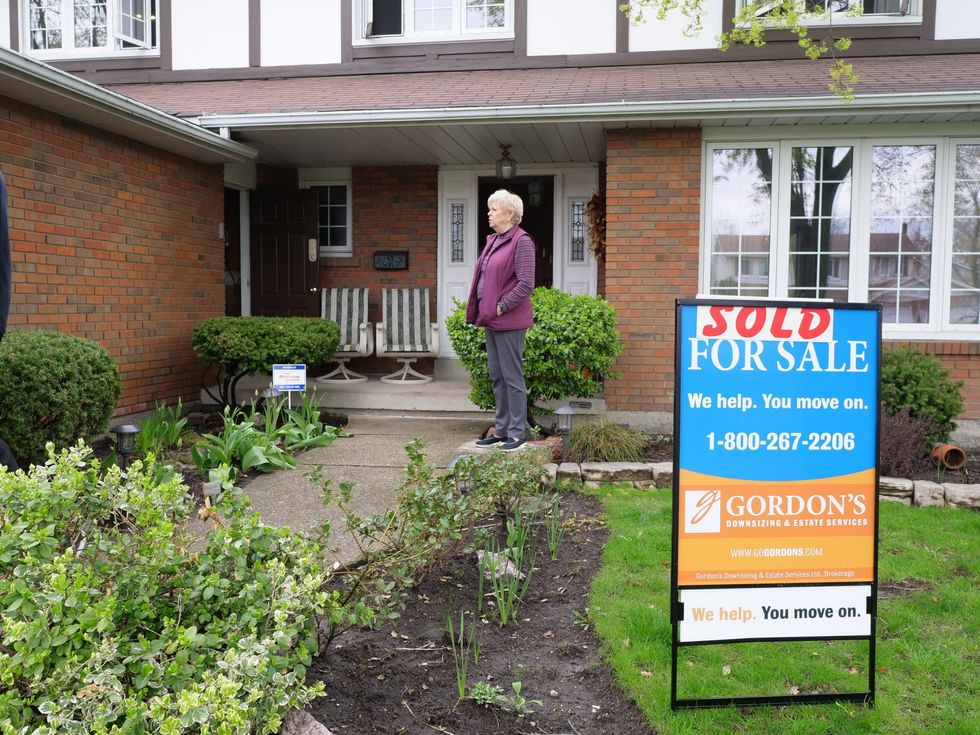We live in times of change. That much is obvious. Less clear is not only what will be lost, but what will be gained. There are clues at every turn. Differences between Boomers and their Millennial spawn are easy to spot. But trying to separate causes from symptoms is not so easy.
READ: Parents Sue 30-Year-Old Millennial Son For Not Moving Out And Freeloading
Looking at how various generations live is a good place to start. Boomers, of course, are growing ever older and less able to care for themselves. Their kids – some well into middle age – are increasingly being called upon to get involved. In many cases, that means entering into a process we call downsizing, unloading the possessions gained over decades. Sounds innocent enough, but as documentary filmmaker Geeta Sondhi discovered, it strikes at the very heart of the great change that defines our age.

“It’s a trade-off between the past and the future,” says the director of The Art of Downsizing, which will be broadcast on CBC Docs POV at 9 pm on March 8. “People needs change. For the old, memories grow heavy. The young don’t want to be weighed down. They don’t want their surroundings to hold them back.”
READ: How First-Time Home Ownership Differs For Millennials And Boomers
Just as well; while Millennials appear happy to accept living in a 600-square-foot box in the sky, their parents preferred a two- or three-storey brick house with three to five bedrooms, a white picket fence and a big yard out back. Only that would give them the room they and their family needed to spread out. It also gave them space they could fill with the things they needed, or rather, wanted, those Royal Doulton figurines, wildlife prints, ceramic thimbles, Franklin Mint coins, Birks flatware, knick-knacks, chachkas, not to mention the records, CDs, books, National Geographic and New Yorker magazines.
You get the idea.
Boomers surrounded themselves with stuff. Worse still, even the most worthless, unabashedly banal, kitschy and utterly useless things can possess enormous sentimental value. These are the markers of our lives, imbued with memories and meaning invisible to others. They enable us to recall a special moment, an event or a person. They are how we know ourselves.

But for Millennials struggling to pay the rent, stuff is just stuff, awkward, in the way and hard to move. “They’re not collecting things the way we did,” one aging mother says of her daughter.
A grief-stricken widower worries that if he gets rid of his late wife’s possessions, he’ll be getting rid of her. “I still have her clothes,” he tells Sondhi. “I can still smell her. I have so many memories.” A 90-year-old woman speaks of her fear that when she gets rid of her possessions, her kids will get rid of her. Another participant, living alone in a suburban house big enough for a large family, is nervous and frustrated. “I want to get rid of these things,” she admits, “but I don’t know how.”
READ: 5 of Top 6 Destinations for Millennials Moving within Canada are in Ontario
She needn’t have worried. If there isn’t an app for that, there is a company. And then there’s the storage industry, which has become ubiquitous in recent decades. The biggest cities and the smallest villages have massive self-store facilities everywhere you look. The widower reveals that he and his wife spent half-a-million dollars on storage over 20 years. Because of that, he says, they had no money to travel, which was the couple’s dream.

It’s not hard to understand the Millennial desire to avoid drowning in the sort of stuff that weighed down their parent’s generation. Even if the precarious life has been forced upon them, they have adapted well. Boomers live in ways their parents could never have imagined.
The implication for architects and planners are profound. The evidence is the condo boom that has been playing out in Toronto since the late 20th century. Where Boomers were sedentary, Millennials are more nomadic. They don’t stay in their jobs or homes more than a few years. Change doesn’t scare them. They are also more inclined to take public transit than their parents, who viewed it as transportation for the poor. Experience is replacing status. Millennials are more focused on must-do than must-have. Think of that ultimate expression of Millennialism, the destination wedding.
READ: New Report Reveals TTC’s $4.6 Billion Plan to Improve Toronto Transit
For Toronto, the implications are worrying. Civic and provincial leadership remains enmeshed in out-dated Boomer attitudes, and unresponsive to other demands. The most obvious example is the deterioration of public transit, which has become a full-blown crisis. Unlike their parents, who have never been able to quit their auto-dependency, Millennials are relatively uninterested in driving. And as a study released by the City of Toronto last January made clear: “…access to labour, followed by access to public transit, remained the top ranked attributes regarding the decision to locate in Toronto versus another municipality.”
The bright young things want a transit system they can count on as well as a city they can afford. They are the future and they are here. Where are we?





















